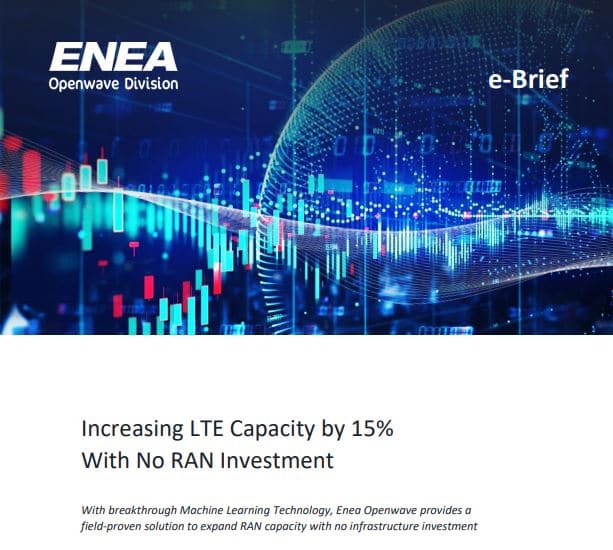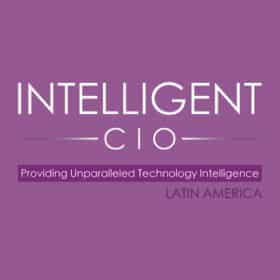How operators can leverage existing infrastructure using breakthrough machine learning technology
Mobile operators across the globe have been forced to slow down their 5G deployments during the COVID-19 crisis. To cope with the exponential rise in traffic, carriers have had to rely on 4G whilst also investing in 5G. Many of these operators are turning to Enea Openwave to assist them in leveraging their existing 4G infrastructure using breakthrough Machine Learning technology. Our latest e-Brief summarises the live results from a major operator, addressing issues of congestion on the network. It provides insight on how you can leverage your existing infrastructure without investing in new CAPEX by summarising recent results achieved in the field at a major Tier-1 operator, using Machine Learning RAN (Radio Access Network) Congestion Management (RCM). Download the e-Brief here.
Taming the surge in traffic
COVID-19 has had a significant impact on 4G traffic around the world. Due to lockdowns implemented worldwide, more people have been working from home, attending school online and binging online entertainment. With more people staying at home, network traffic in residential areas has increased greatly, while many business districts have gone quiet. This has left many mobile operators facing new challenges of network strain. During lockdowns, some operators have faced a surge of over 90% in peak throughput, while several of the world’s largest networks saw overall mobile traffic grow by 100%.
Enea Openwave offers a combination of operational techniques to address congestion issues on the RAN, techniques which are vitally important for maintaining high subscriber quality of experience (QoE) in a period of increased data usage. Subscriber QoE can suffer when a network is stretched to breaking point and when subscribers experience poor QoE, they churn. Our research has found that if a video buffers for as little as 6 seconds, subscribers will abandon the video in frustration. Operators are therefore striving to maintain high, consistent QoE for subscribers, by optimizing networks quickly and efficiently.
Deliver outstanding QoE
For a network experiencing congestion, one of the most important benefits from RCM is its ability to dynamically differentiate a congested cell from a non-congested one. It can then instantly take remedial action in real time. RCM does not degrade mobile video QoE or unnecessarily reduce download speeds in other cells which would result in inefficient channel utilisation. Put simply, the experience for the subscriber is seamless.
As our e-Brief details, for one major operator – one of the world’s busiest mobile networks (measured in terms of throughput per day) – RCM delivered outstanding video quality and a better browsing experience. It also led to a 15% reduction in highly congested cells and 10% reduction in packet drops. RCM has been proven to be highly effective in alleviating congestion, in several of the busiest networks in the world.
Download the e-Brief here to find out how Machine Learning can dynamically predict and identify congestion on your network. Learn to manage the RAN effectively and take swift, remedial action to maintain outstanding subscriber QoE.





